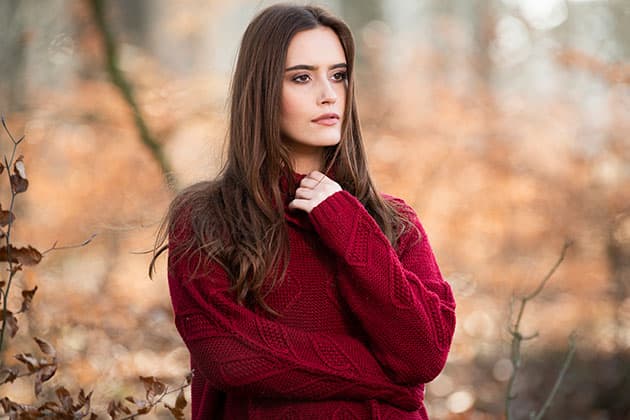
An LED light source is a versatile choice for location lighting. Nikon D850, 70-200mm, 1/320sec at f/3.5, ISO 250. Credit: James Paterson
Using your own lighting for outdoor portraits gives you the freedom to light your subject from any direction you choose. Suddenly you’re not bound by the direction and quality of the natural light, but instead have the option either to augment it with a gentle fill light, or create an entirely different mood. It lets you combine the best parts of studio and natural- light portraiture. You’re able to light the subject how you like, and also arrange the composition and backdrop without being hamstrung by the natural light falling on the subject. Ultimately, it puts the look of the portrait in your hands.
An LED like the Rotolight AEOS used here is a versatile choice for outdoor lighting. The ‘what you see is what you get’ nature of constant lighting means using the light is as simple as turning it on, positioning it and setting the strength. You can, for example, either place the light in front to one side in the classic key light position for frontal illumination, or instead move the light around behind the subject to lift the edge of the figure and provide separation from the backdrop. It simplifies the process of outdoor portrait lighting, so not only can you work more quickly, but you can also experiment with different angles until you have harmony between the power of the light on the subject and that of the natural light in the scene.
The colour temperature controls on the AEOS also means you can match the temperature with daylight, while still having the option to switch to a warmer or cooler temperature if the situation needs it. You can set the temperature between 3150K and 6300K, which covers a wide range of scenarios. You’re able, for example, to begin shooting outdoors in natural daylight, then set it warmer for sunset, or move indoors under tungsten lighting or head out after dark for a night-time street shoot. Control over colour temperature also gives the freedom to get creative with mixed colour casts, perhaps by combining a warmer light over the face with cooler ambient light behind. So you can either match the ambient light or intentionally skew it.
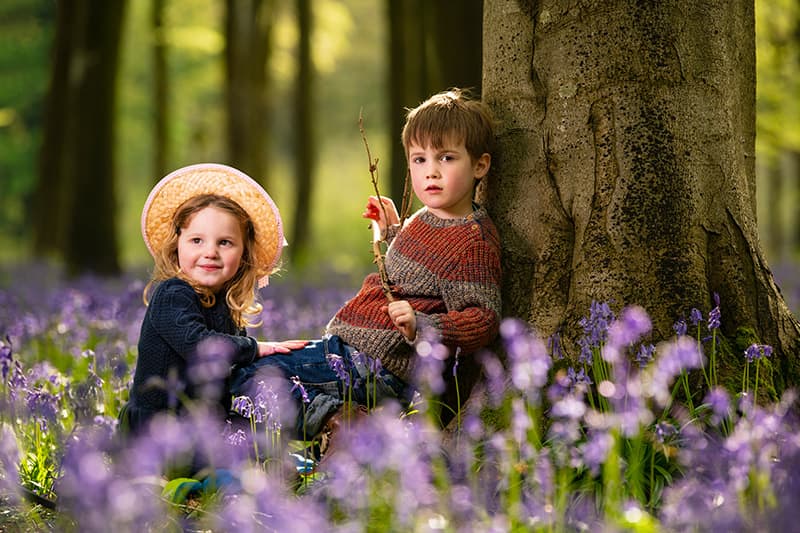
The colour temperature controls on the AEOS are great for location portraits Nikon D850, 70-200mm, 1/500sec at f/4, ISO 560. Credit: James Paterson
Switching to HSS flash
When the maximum continuous output isn’t enough, you have the option to switch to a high speed sync (HSS) ash that doubles it, giving you an extra stop of light. You’ll get about five hours of battery, which is more than enough for most shoots. The quality of the light directly from the AEOS is somewhere between soft and hard, a bit like a beauty dish. At times when you need to change the quality of light there’s a dedicated softbox or barn doors. Each head also comes with a handy array of circular gels that t directly in front of the bulbs, giving you the option to change the colour of the light.
Of course, the convenience of LED lighting comes at a cost, which is output. While perfectly suited for providing ll light and catchlights when shooting outdoor portraits, these lights are not strong enough to overpower the sun – for that you’d need a ash. Those wedded to their speedlights would argue that a ash can far out-output an LED, so why bother switching to constant lighting? It’s true that the maximum output is small by comparison, but there are different tools for different tasks.
Advantage of instant feedback
The AEOS might not overpower direct sunlight, but it has other equally useful benefits like instant feedback of light, the ability to alter colour temperature and the option to shoot video too. That, coupled with the long battery life and portability, makes for a powerful tool that offers more versatility than a speedlight.
Besides, one of the main difficulties when using ash outdoors is getting it to look natural. It can be done, but it might take a fair amount of test shots and tweaking to get right. By contrast, the instant feedback you get with LED lighting means you can often get the look you want in a fraction of the time. I was able to shoot in five or so different spots with model Emily here in the space of about half an hour. Compared to using flash outdoors, the process of setting up a shot and positioning the light is incredibly quick. I simply pose the subject, bring in the light, adjust the power until it
looks right and then start shooting.
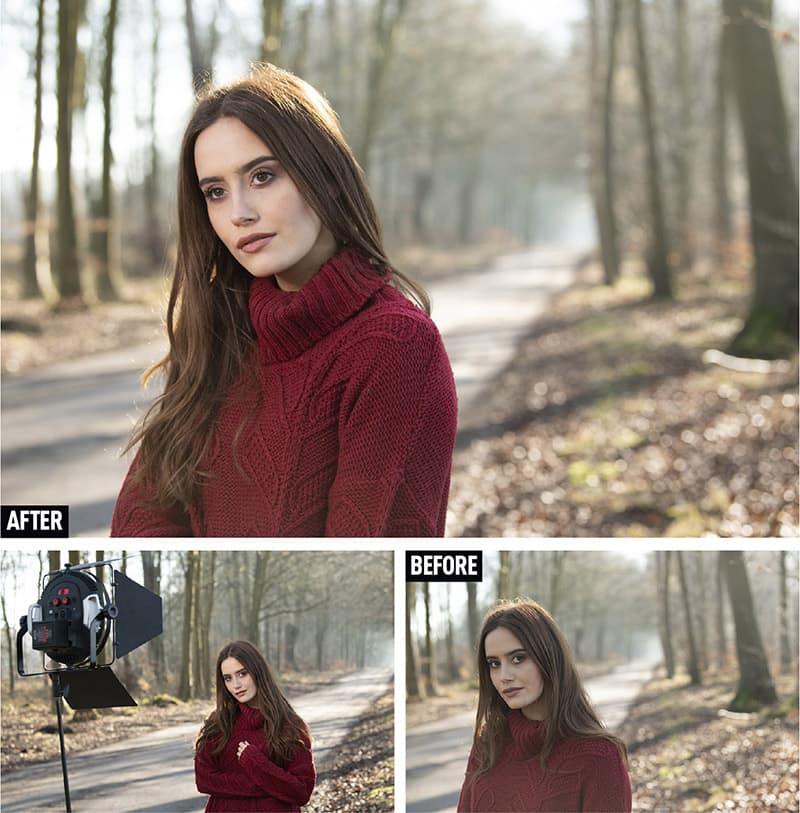
Credit: James Paterson
Why it works
One of the things I like to do when the sun is strong is position the subject with the sunlight coming from behind, so that it lifts the edge of their figure and separates them from the scene behind. However, this inevitably leaves the face and front of the body deep in shadow. As the inset image taken just using daylight shows, the shadows become too deep and the subject is underexposed. Of course, we could open up a stop to lift the subject, but then the backdrop would become washed out.
It’s a question of balance, and an extra light – in this case a single Rotolight AEOS – allows us to restore some of the balance by lifting the face. By bringing in the AEOS to light the face from the front, I’m able to even out the light and reduce the contrast. It provides a gentle fill light that gives the face a cleaner look.
Not only do we get better shadow detail, we also create attractive catchlights in the subject’s eyes. The circular shape of the AEOS gives the catchlights a rounded quality. The result is a more balanced portrait that, while bold, doesn’t look overly artificial. We have strong colours, attractive catchlights and gentle shadow details.
Outdoor portrait lighting with LEDs
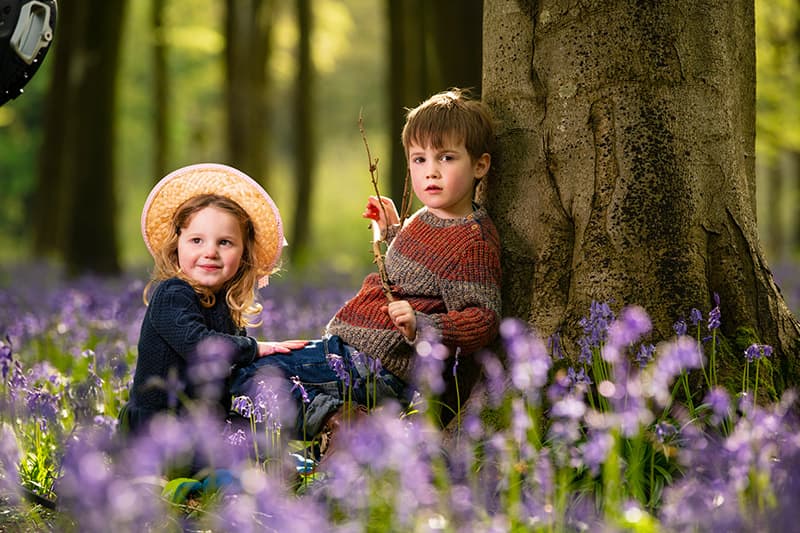
Credit: James Paterson
Positioning the light
With outdoor LED lighting you can light the face from any angle you choose. If in doubt, place it slightly to one side, above the face angled downwards, then ask the subject to angle his/her face towards the light. Here, you can see the light on the left edge of the frame.
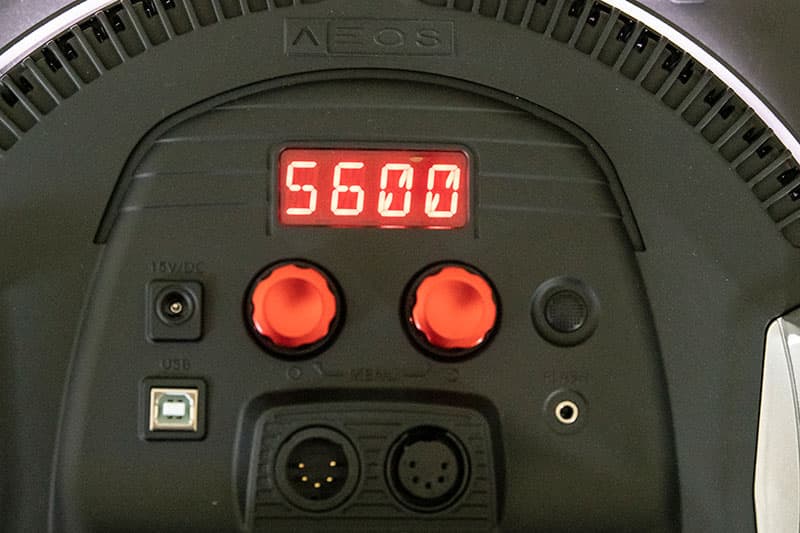
Credit: James Paterson
Colour temperature
The colour temperature controls on the AEOS here allow me to match the LED light with the ambient light. This is around 5,000-6,000K in daylight, but cooler in the shade, and warmer when the sun is lower in the sky around the hours after sunrise and before sunset.
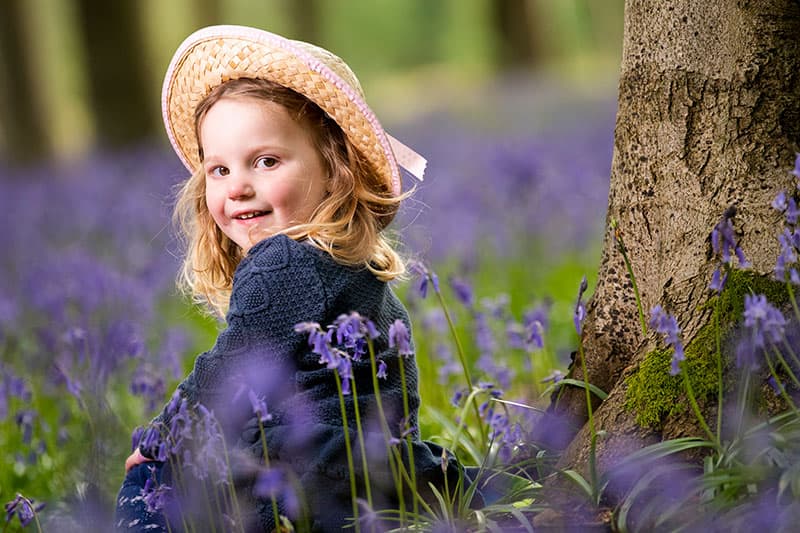
Credit: James Paterson
Catchlights
These are tiny highlights that appear in the eyes when a strong and small light source is reflected in them. The eyes are the first thing the viewer sees and catchlights give them a little extra sparkle. The circular shape of the AEOS results in attractive round catchlights.

Credit: James Paterson
Camera angles
The camera angle can also work in harmony with the lighting. By shooting down low I can push the background further away and emphasise the depth in the scene by blurring the foreground. A low angle is great for children, as it puts you on eye level with them.
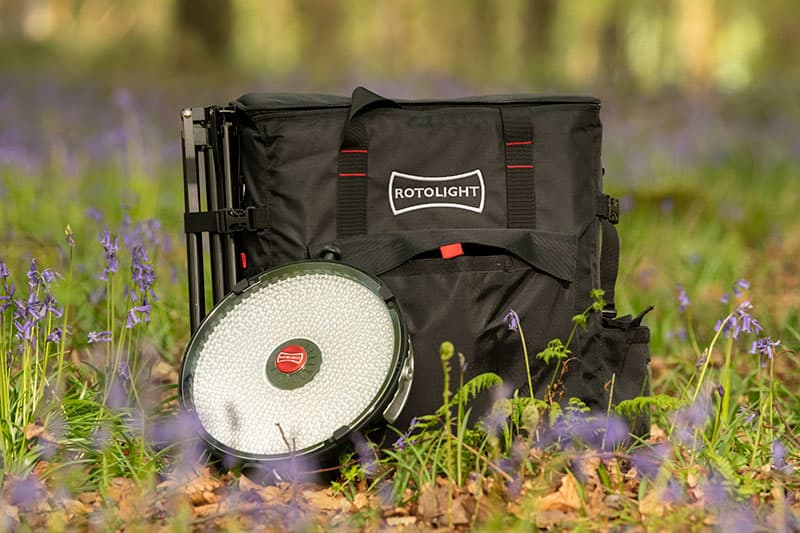
Credit: James Paterson
Portability and weight
Portability is a factor for outdoor lighting. At 1.4kg the AEOS is light enough to carry around, but for all-day shooting, the smaller NEO 2 is a better option. The handles on the back of the AEOS make it easy to carry and hold the light in the right place.

Credit: James Paterson
Judging the power
The power settings on the AEOS allow you to make quick adjustments to ensure the light works in harmony with the ambient light. The ‘what you see is what you get’ nature of LED lighting is ideally suited to working quickly with children, where every second counts!
Kit list
- AEOS This disc-like LED is ideal for shooting outdoor portraits. It offers both powerful, constant LED illumination and high speed sync flash, with a battery pack that lasts for up to five hours of use.
- NEO 2 The NEO 2 is the most portable light in the Rotolight range. Like the AEOS, it also offers a combination of bright, constant LED illumination and high speed sync flash.
- Rotolight softbox A softbox diffuses and softens the light, which smooths out the shadows and evens out contrast. As such, it’s the ideal modifier for portraiture. The Rotolight softbox here fits over the AEOS.
- Reflector Useful to bounce light back into shadows and even out the contrast over faces, a reflector is an inexpensive and invaluable piece of kit for any location portrait shooting.
- Elinchrom Skyport Trigger The NEO 2 and AEOS used here come with in-built Elinchrom Skyport receivers, which means you can pair them with a Skyport transmitter like this to control and trigger the high speed sync flash

